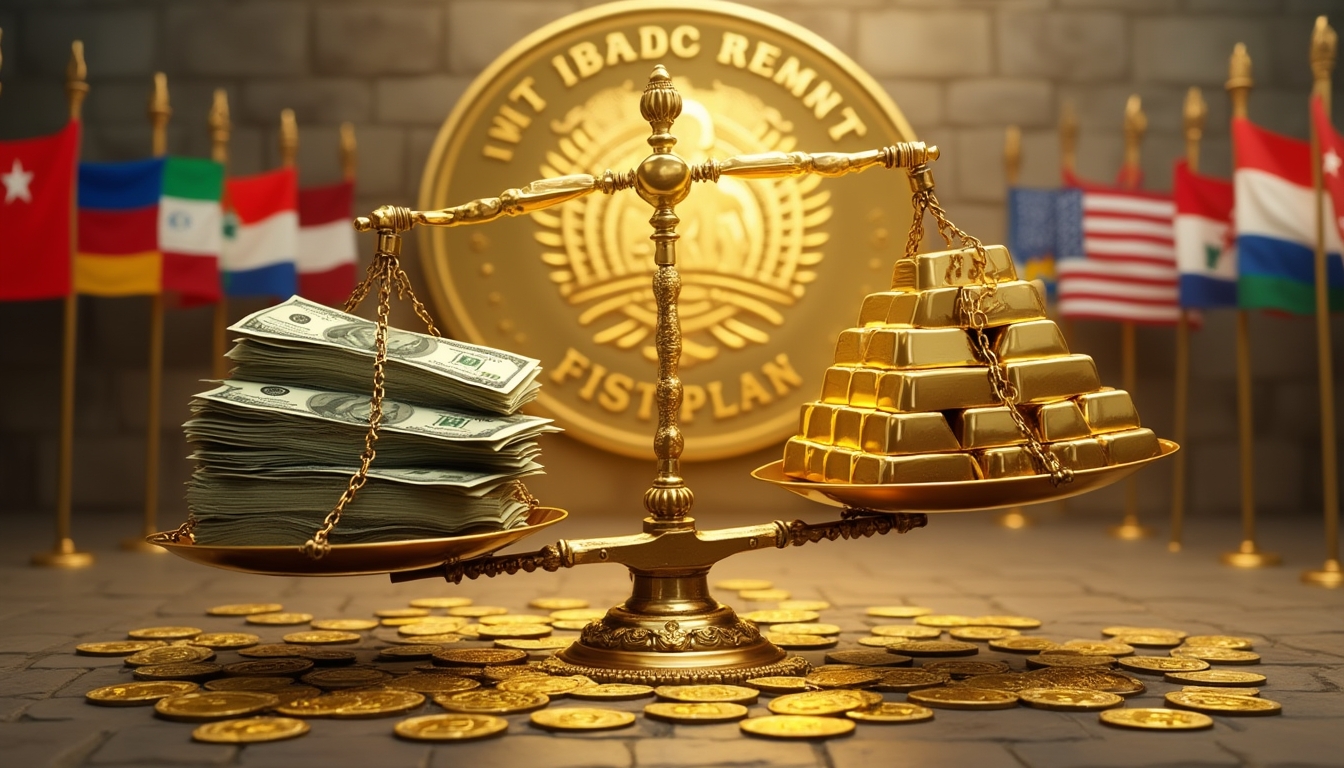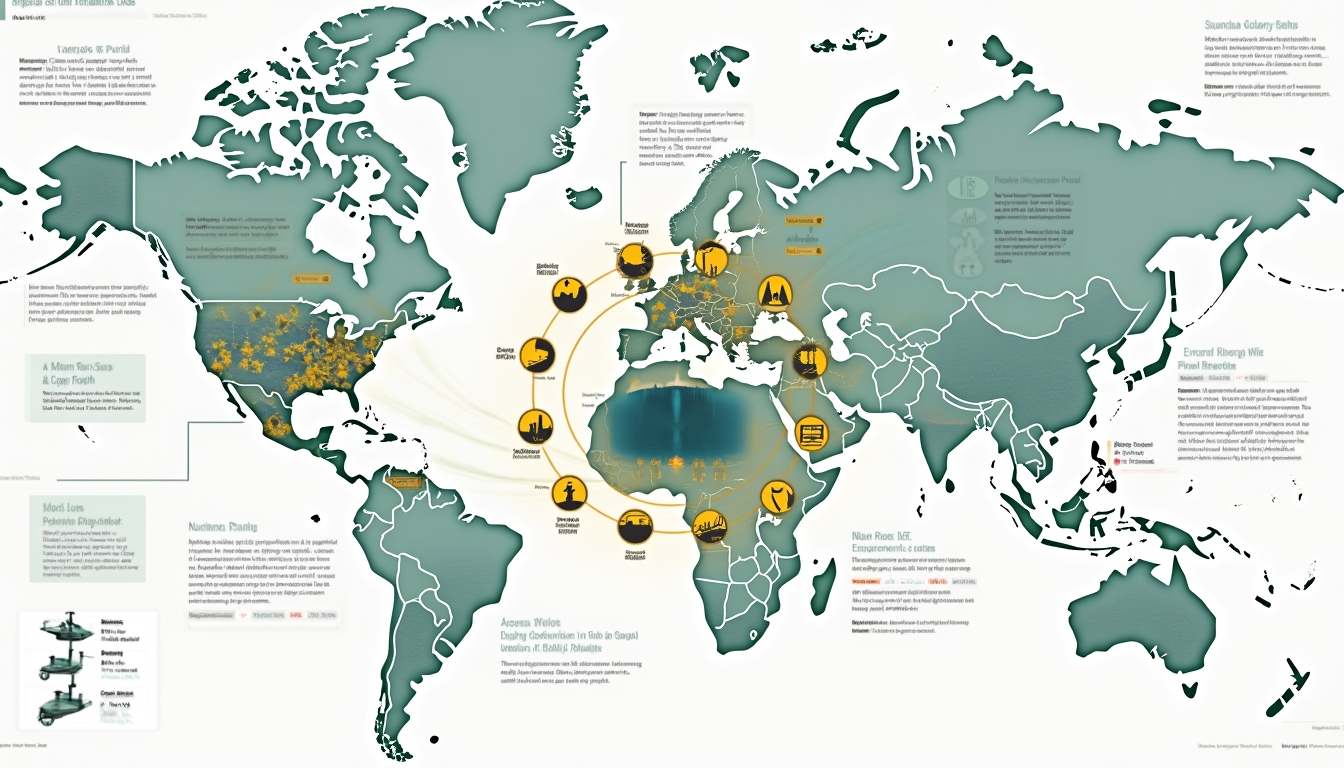Peru has long been a dominant force in the global copper market. Its strategic positioning and extensive mining infrastructure have fostered growth that spans continents. In light of recent discussions about Peru copper tariffs 2025 US delegation, the nation now faces fresh challenges that could redefine its approach to copper exports.
The geopolitical climate underscores complexities never seen before. Trade tensions add pressure on policymakers to balance economic interests with international diplomacy. Every decision now is viewed through a lens of strategic necessity.
Navigating Emerging US–Peru Trade Challenges
Peru’s copper sector is under scrutiny as US trade policies evolve. The proposed tariffs create uncertainty in a realm already complicated by fluctuating global markets. The looming changes spark critical questions about future growth and stability.
Peru’s longstanding role as a top copper supplier now faces potential disruptions. Consult recent analysis in the global copper outlook. This report highlights both growth prospects and challenges ahead.
Peru’s Strategic Copper Export Position
Peru remains the world’s third-largest copper supplier. Its proximity to the Pacific and established relationships with global markets support robust export potential. The delicate interplay between regional diplomacy and economic strength creates a vital backdrop for upcoming negotiations.
A critical asset in its export strategy is the Cerro Verde mine. Owned by Freeport-McMoRan Inc., it has long symbolised the country’s mining prowess. The mine’s operational challenges are well detailed in freeport export hurdles, which illustrates the operational and regulatory impediments that sometimes surface.
Current Export Dynamics
Peru’s export framework operates across multiple fronts. The primary destinations include:
- China, which accounts for a sizeable portion of semi-processed copper shipments.
- The United States, a major partner in high-purity copper trade.
Additional avenues are being explored to enhance revenue streams and reduce dependency on traditional markets. This dynamic is critical in discussions regarding Peru copper tariffs 2025 US delegation.
Investors are also eyeing possibilities in the copper concentrates market for further stability and price advantages. Maintaining diverse export routes is now paramount.
Diplomatic and Economic Implications
The impact of potential tariff changes cannot be understated. Energy and Mines Minister Jorge Montero has advocated for a measured approach. “The rules of the game are changing quickly,” he remarked, underscoring the urgency to modernise trade strategies.
This evolving scenario has raised questions about the future of Peru’s mining sector. Diplomatic strategies are increasingly influenced by broader geopolitical interests beyond copper. Key strategic frameworks are under development to safeguard trade channels.
Peru copper tariffs 2025 US delegation discussions remain at the forefront of these initiatives. Diplomatic channels now focus on mitigating disruptions using innovative negotiation tactics and a proactive approach with key partners.
In a recent update, industry experts praised the nation's realignment with international trade norms. Their insight provides valuable context for policymakers determining new low-tariff pathways.
Analysts highlight the possibility of expanding trade beyond traditional customs partners. For instance, developments related to china copper imports reveal shifts in global metal flows.
Emerging Protectionist Trade Dynamics
Recent years have seen a rise in protectionist policies worldwide. The aftermath of previous tariffs has informed both producers and governments to brace for market turbulence.
Concurrently, shifts in government policies have prompted a careful review of trade dependencies. Policymakers now balance collective national interests against potential disruptions in commodity supply chains.
The trends in heightened protectionism affect multiple sectors. Alongside copper, exports such as blueberries and table grapes are now under the same scrutiny. This diverse export base is crucial for maintaining fiscal influence.
Trade corridors are under constant review. Notably, media reports, like those accessed through copper tariff implications, examine the knock-on effects for related industries.
Strategic Mitigation Approaches
Peru’s government is proactively assembling measures to counteract potential tariff shocks. The focus is on forging alliances and developing new trade routes.
Key initiatives include:
- Strengthening diplomatic ties with the United States.
- Broadening market outreach to alternative partners.
- Investing in modernisation of mining infrastructure.
These measures are part of a wider narrative that also considers a looming rio tinto merger. Investigators believe that such shifts in market concentration may offer unique advantages to Peruvian exporters.
Furthermore, a dedicated effort is underway to secure the peru trade delegation. This delegation will spearhead negotiations that could reshape trade boundaries amidst increasing tariff pressures.
Peru copper tariffs 2025 US delegation is not just a policy line; it embodies the strategic initiatives needed for long-term success. Government officials are mindful that adapting to these global shifts is essential for maintaining economic resilience.
Market Psychology and Speculative Insights
The current market sentiment reflects cautious optimism. Investors continue to monitor geological and geopolitical developments closely.
Several key aspects are worth noting:
- Underlying resource stability drives moderate positive sentiment.
- Trade uncertainties inject volatility into commodity prices.
- Strategic diversification remains a preferred route for mitigating risk.
A mix of expert opinions and market data supports these observations. Analysts have noted that while production volumes remain high, market sentiment is tempered by the potential impacts of trade disruptions.
Research indicates that the long-term outlook for copper remains healthy, provided that external pressures, such as renewed tariffs, do not derail export plans. Peru copper tariffs 2025 US delegation is therefore integral in framing these market expectations.
Alternative investment strategies have been considered to maintain market liquidity and ensure resource security. Industry professionals stress the importance of maintaining open channels of communication with both domestic and international stakeholders.
Could Diversification be the Way Forward?
Diversification is emerging as a key strategy. Peruvian authorities are exploring new markets to offset risks associated with tariff impositions.
Recent negotiations have yielded promising avenues in Asia, Europe, and emerging markets in Latin America. The push towards a more diversified export base is mirrored in discussions at high governmental levels.
For example, industry experts are evaluating how increased activity in sectors, such as the copper concentrates market, could supplement traditional revenue streams.
Several bullet points summarise the strategic priorities:
- Enhance export route diversity.
- Engage in multi-lateral dialogue with key partners.
- Innovate extraction and processing techniques.
- Secure new investment to modernise infrastructure.
This holistic approach aims to ensure long-term stability and growth.
Critical Reflections on Trade Policies
Trade policies, particularly tariffs, often leave deep economic imprints. The current discussions surrounding the Peru copper tariffs 2025 US delegation will likely influence policy directions for years to come.
Trade experts argue that a calibrated approach to tariff implementation is essential. Overly aggressive measures can provoke countermeasures that destabilise markets.
Conversely, measured strategies can encourage broader economic reforms. These structural shifts may prove beneficial in nurturing sustainable growth in the mining sector.
A recent update from the copper tariff implications analysis reinforces this balanced view, suggesting that cautious optimism is warranted going forward.
Policymakers must, therefore, weigh both immediate economic needs and the long-term ramifications of their decisions on trade stability.
What Are the Effects on Local Industries?
Local industries are bracing for changes. The ripple effects of tariff adjustments are expected to reach sectors that rely on copper-intensive manufacturing processes.
While the mining sector stands at the centre of these discussions, manufacturers in adjacent industries are not immune. In particular, technological disruptions could force rapid adaptations at all levels of production.
Forward-thinking companies are developing contingency plans that include alternative supply chains and flexible operational strategies. Their aim is to withstand any unforeseen disruptions in raw material supplies.
How Will International Relations Evolve?
International relations are set to pivot in response to the evolving trade dynamics. The US delegation discussions will be critical in determining future cooperation parameters.
The implications of these diplomatic meetings extend well beyond copper. They serve as indicators of broader trade and security policies that may affect multiple sectors over the long term.
Peru’s approach in the coming months will be under close scrutiny. International partners expect a balanced stance, one that upholds mutual respect and shared economic goals.
Ultimately, the outcome of these negotiations will influence a host of long-term economic frameworks.
Final Thoughts and Key Takeaways
In summary, the discussions around Peru copper tariffs 2025 US delegation have far-reaching implications for both the mining sector and broader trade relationships. Key points include:
- The necessity of diversifying export routes.
- The importance of proactive diplomatic engagement.
- The correlation between market stability and measured tariff policies.
Policymakers must adapt to a changing global climate, where traditional trade relationships are being re-evaluated. With robust mechanisms in place, Peru hopes to leverage its natural resources and strategic partnerships for sustained economic growth.
The initiatives undertaken now signal a transformative period for the country's mining sector. Vigilance, adaptability, and a commitment to dialogue will be essential as Peru aims to secure its future in an increasingly interconnected world.
Ready to Gain Insights into Emerging Mining Markets?
Discovery Alert's proprietary Discovery IQ model delivers real-time alerts on significant mineral discoveries and market shifts, empowering investors to stay ahead of complex geopolitical and trade dynamics. Explore our dedicated discoveries page to understand how strategic insights can transform your investment approach.







